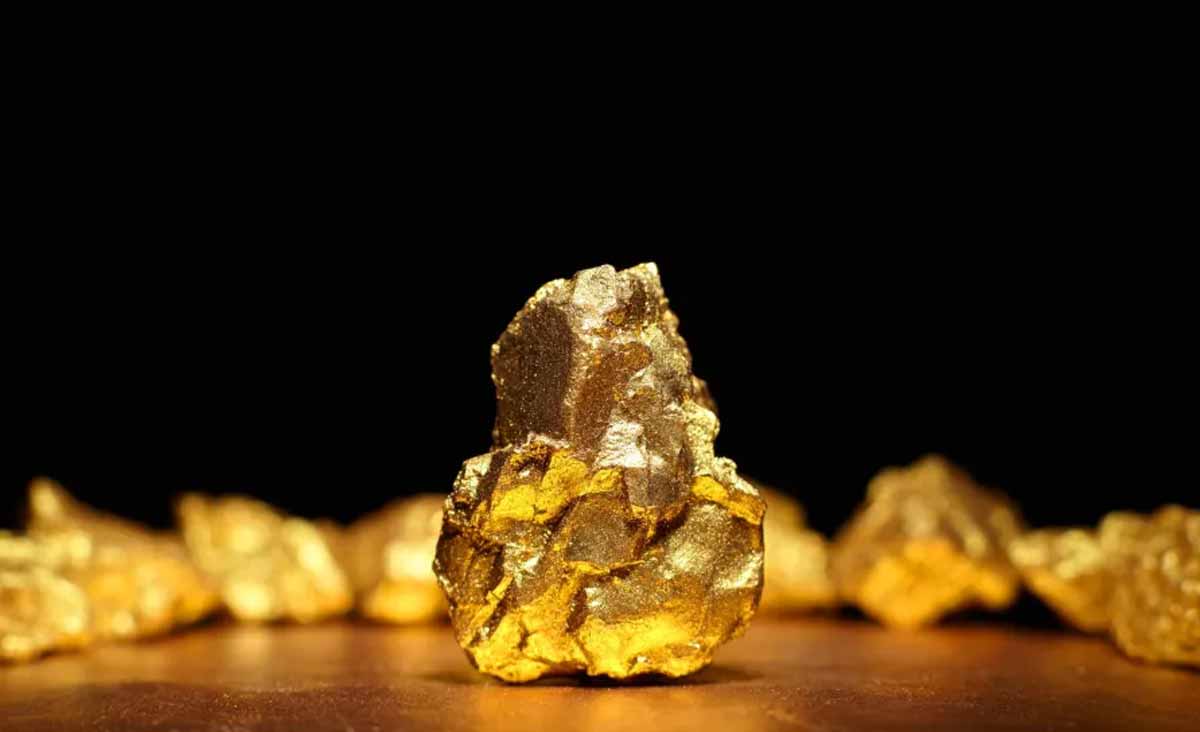In a stunning twist of science, CERN physicists briefly transforming lead into gold, reshaping what we thought was even possible.
Transforming lead into gold Unveiled at CERN
Deep beneath the Franco-Swiss border, a colossal loop of superconducting magnets accelerates particles to near light-speed. There, inside the Large Hadron Collider, researchers steered lead ions into head-on collisions. In a razor-thin instant, they spotted gold nuclei emerge. Those tiny glimmers, just 86 billion nuclei weighing 29 trillionths of a gram, appeared between 2015 and 2018. The ALICE collaboration tracked every pulse and shimmer, capturing rare electromagnetic dances that pried three protons from lead’s core. What ancient alchemists only dreamed of, modern science snatched in a heartbeat. Grain-speck small, this gold didn’t stack bars. It ghosted past detectors, hinting at forces that bend atomic identity. Physicists buzz over these findings, freshly published in Physical Review C, exploring how matter behaves when stretched to its limit.
Goodbye Pepsi: Costco makes a major decision that completely changes its strategy with sugary drinks
How detonating a nuclear bomb could protect planet Earth
How atom smashing creates precious metal
At heart, it’s a story of protons and energy surges. Lead atoms carry 82 protons. Gold carries 79. By slamming lead nuclei together at insane speeds, their electromagnetic fields jam into each other, sparking pulses of raw power. Those surges knock free exactly three protons, leaving a nucleus that reads as gold. Spotting that transition, transforming lead into gold, demands extreme precision. Detectors must sort through torrents of particles, separating the rare gold signal from waves of debris. Alongside gold, collisions spawn thallium and mercury, sometimes in much larger batches. Yet the gold grabs attention every time. Its rarity in these experiments makes each fleeting nucleus a precious trophy. Scientists tweak beam energy and collision angles to boost gold yields, chasing a deeper grasp of particle interplay. Every nuance of these experiments peels back layers of how nuclei form, shift, and vanish under brutal conditions.
The fleeting glimpse of cosmic alchemy
The gold’s life span measured in microseconds. It formed, flashed, then shattered into lighter fragments or ricocheted against the collider walls. That split-second of existence tells a bigger tale. It reveals the mechanics behind nuclear transmutation, once confined to pencil-and-paper theories. Watching gold appear, then vanish, gives real-world data on forces governing atomic cores. Beyond the mythic lure of alchemy, this work illustrates the raw power of particle accelerators.
Machines like the LHC aren’t just smashing toys. They’re lenses into realms where the building blocks of matter flip identity, if only for a heartbeat. By transforming lead into gold, scientists push our grasp of physics’ frontier. They refine detector designs to capture ever-more elusive events. They challenge assumptions about how elements emerge in cosmic furnaces. Each experiment edges us closer to unlocking nature’s hidden blueprints. This isn’t about minting bullion. It’s about forging understanding—one precious, evaporating nucleus at a time.
Buys a coal mine for $2 million and discovers metals worth up to $36 billion
If you remember these 10 moments from decades ago, your memory is sharper than most in their 70s
Beyond lab walls, the feat captures public imagination. It proves alchemy can wear a modern scientific mask. Students light up at hearing of gold made from lead. They fueling fresh interest in physics and engineering. Skeptics may scoff at its impracticality, but history shows that today’s curiosities often yield tomorrow’s breakthroughs. The World Wide Web and medical imaging both sprang from particle-physics roots. Who can say what spin-off this alchemical moment will inspire? As the LHC ring spins faster each year, scientists stand ready for the next flash of elemental magic. Gold might slip away in microseconds, yet every fleeting nucleus marks progress. Each collision becomes a conversation with nature’s building blocks. We listen, eager for nature’s next surprising reply, alive with possibility.
